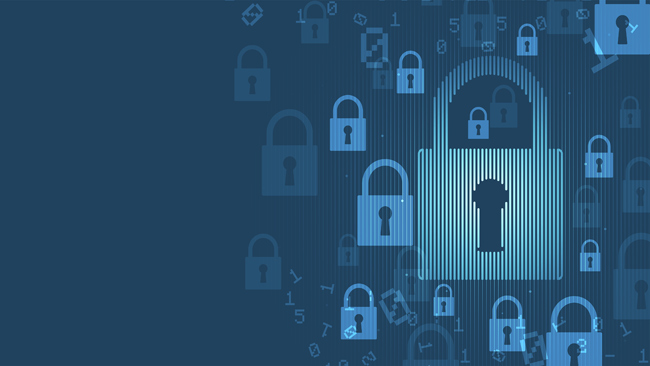Cloud computing has nowadays become an integral part of doing business. It allows organizations to access data and applications from anywhere with an internet connection, reducing the need for costly on-site hardware. As more organizations move towards cloud-based solutions, controlling and managing access is critical in order to protect sensitive information and systems.
Namely, access management is a process of controlling and managing access to sensitive data, systems, and networks in order to reduce the risk of security breaches. It involves evaluating access requirements, creating policies to control access, and monitoring activity on an ongoing basis. This article will discuss what access management is, how it works within the CNAPP model of risk management, and ways organizations can use this method to continuously manage their overall risk. Read to find out more about it.
What Is Access Management?
Access management is the process of authorizing or denying users’ requests for access to information systems or resources based on predetermined criteria. Of course, access management is compromised of many components, including authentication and authorization mechanisms, role-based access control (RBAC), identity management systems (IMS), single sign-on (SSO), access control lists (ACLs), and more. In some companies, access management could also extend to physical security measures such as locks, alarms, and cameras. As you can already guess, these measures are used to protect data from unauthorized access or modification.
In cases where maximum security is required, access management also involves monitoring all access activities and providing audit trails for future reference. In simpler terms, this includes logging users’ attempts to gain access, successful access attempts, and any changes made to the system or resource that was accessed. With all of this implemented, an access management system is designed to mitigate risk by ensuring only authorized users have access to the information they need in order to perform their job duties. By doing this, an access management system can help the organization detect, investigate, and respond to potential security threats.
Using The CNAPP Model For Risk Management In The Cloud
The CNAPP model is a comprehensive approach to risk management that consists of multiple components in addition to access management, like a shift-left approach to security, IaC scanning, CSPM, and CIEM. Having these layers in a cloud security solution helps organizations easily identify the risks associated with their systems, networks, applications, and services.
So, let’s see what a CNAPP solution encompasses:
Shift-Left Cloud Security
Unlike traditional security practices, the shift-left security approach is a proactive way of handling cloud security. It involves proactively assessing the security of cloud-based resources and applications before they are deployed into production, which helps organizations identify and address any potential security vulnerabilities early on in the development life cycle.
IaC Scanning
Infrastructure as Code (IaC) scanning helps organizations analyze their cloud infrastructure and detect any misconfigurations or security issues that could potentially lead to a breach. IaC scanning can be done manually or with automated tools, which allows organizations to quickly identify and remediate any security issues before they become a problem.
Cloud Security Posture Management (CSPM)
Cloud Security Posture Management (CSPM) helps organizations assess, monitor, and manage the security of their cloud-based systems and applications. CSPM provides visibility into an organization’s cloud environment, including access controls, identity management systems, single sign-on solutions, encryption protocols, and more. With a CSPM tool being a part of a CNAPP solution, organizations can identify potential issues and vulnerabilities that could lead to a breach and proactively address them before they become an issue.
Cloud Infrastructure Entitlement Management (CIEM)
Cloud Infrastructure Entitlement Management (CIEM) is an access control system that helps organizations manage and monitor access to their cloud-based resources. CIEM ensures that only authorized users are granted access to the resources they need and also provides audit trails for future reference. As a part of a CNAPP solution, it helps organizations ensure that only the right individuals have access to sensitive data and resources and also helps them identify any unauthorized access attempts.
Conclusion
We can conclude that access management is essential for organizations to ensure that their data and systems are secure from potential threats. Thankfully, the CNAPP model helps organizations evaluate their existing security controls, identify any risks associated with them, and implement additional measures to protect against unauthorized access. By implementing the CNAPP model with all the tools it encompasses, organizations can ensure that their data is secure and protected from any malicious actors.




Leave a comment
Have something to say about this article? Add your comment and start the discussion.